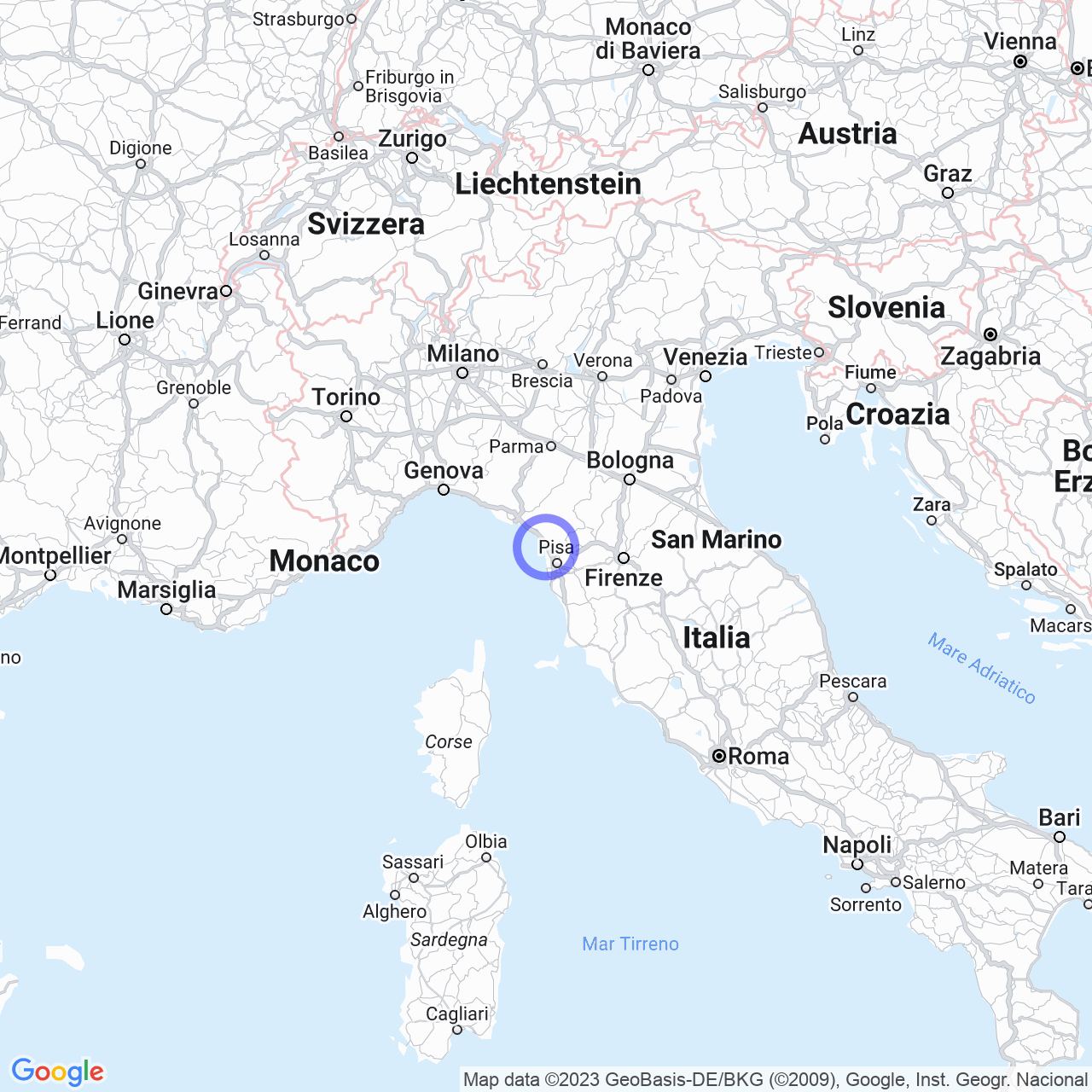Viareggio
Viareggio Station: a brief history
Viareggio Station is an important railway hub located on the Genoa-Pisa railway line in the municipality of Viareggio. Built in 1861, the station was replaced by a new structure in 1936, designed by architect Roberto Narducci and inaugurated in the presence of the Minister of Communications Antonio Stefano Benni.
The 2009 railway accident
On June 29, 2009, Viareggio Station was the site of one of the most serious railway disasters in Italian history. A freight train composed of 14 carriages loaded with GPL derailed and exploded, causing the death of 32 people and the collapse of some nearby homes. Following the incident, safety measures were adopted, including the reduction of the speed of freight trains passing through the station.

Facilities and equipment of Viareggio Station
The passenger building of Viareggio Station, covered in "red Italy marble from the Apuan Alps", was designed by architect Roberto Narducci and built by the company Ignesti Federico e Figli. The current station layout consists of eight passing railway tracks, of which tracks 3 and 4 are used for transitions to and from Pisa, track 1 for the storage of material that ends its journey in Viareggio, track 2 for precedence, tracks 5 and 6 as the terminus of the Lucca-Viareggio Railway line and tracks 7 and 8 as the terminus of trains to and from Lucca.
The station is equipped with a characteristic "switching cab" designed by architect Roberto Narducci in 1936 for the centralized maneuvering of the yard entities.
In conclusion, Viareggio Station is an important railway hub in Tuscany, which has undergone a profound transformation over the decades. Although the railway accident of 2009 has left an indelible mark in the station's history, safety interventions adopted in the following years have ensured maximum safety for passengers and residents in the surrounding area.
